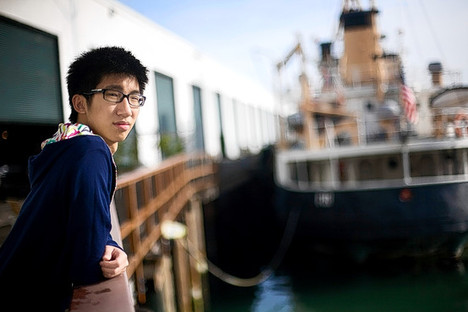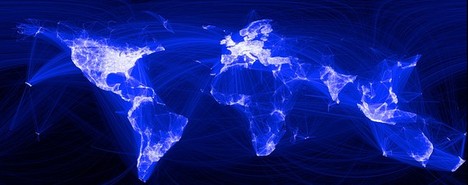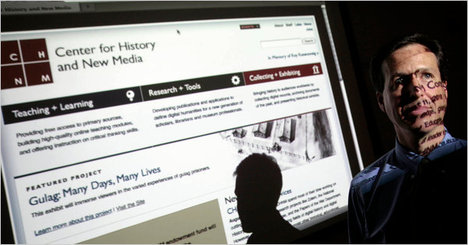 “Brian Wong, above at his company’s office in San Francisco, is a Canadian citizen hoping for a rule change that would ease U.S. visa restrictions.” Source of caption and photo: online version of the WSJ article quoted and cited below.
“Brian Wong, above at his company’s office in San Francisco, is a Canadian citizen hoping for a rule change that would ease U.S. visa restrictions.” Source of caption and photo: online version of the WSJ article quoted and cited below.
(p. B7) San Francisco entrepreneur Brian Wong has already hired two employees and secured $300,000 in funding for his start-up, and hopes to have a staff of 40 or more full-time workers by this time next year.
But there’s at least one red flag in his business plan: Mr. Wong isn’t American; he’s Canadian.
. . .
. . . foreign entrepreneurs have long played an outsized role in the U.S. start-up sector, especially in the tech industry. Immigrants are nearly 30% more likely to start a business than nonimmigrants, the Small Business Administration says. University of California researchers estimate about a third of Silicon Valley technology firms were started by Indian or Chinese entrepreneurs, while a joint study with Duke University found at least one immigrant founder in over a quarter of all engineering and technology firms launched in the U.S. since the mid 1990s, together generating nearly 450,000 jobs by 2005. Google Inc., Intel Corp., Yahoo Inc. and eBay Inc. all had at least one immigrant founder.
Yet many of these companies were also started on a shoestring, leading some tech industry insiders to say the bill’s capital requirements are far too high.
. . .
. . . , the start-up visa’s high capital requirement is certain to filter out sole-proprietorships, while ensuring it attracts innovative, mostly tech-savvy entrepreneurs, says Bob Litan, a researcher at the Kauffman Foundation. The downside, he says, is that only a handful of immigrant entrepreneurs will qualify.
“Hardly any businesses get venture capital in a given year,” Mr. Litan says. “This isn’t going to have much of an impact on the U.S. economy and I suspect that’s why so few people are opposed to it.”
. . .
Without a visa, Mr. Wong says he’ll be forced to launch his start-up back in Canada, taking the new jobs with him.
For the full story, see:
ANGUS LOTEN. “New Pitch for Start-Up Visas; Senate Bill Would Make for Smoother U.S. Entry for Foreign Entrepreneurs .” The Wall Street Journal (Thurs., December 16, 2010): B7.
(Note: ellipses added.)





